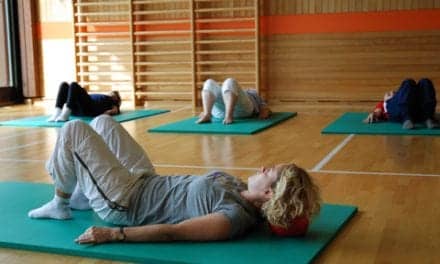Seated workstations can be just as good as standing workstations—as long as one moves continuously, according to a recent study.
The study, from the University of Illinois at Chicago, suggests that continuous movement while sitting may increase metabolic rate more than standing at a desk.
“Sitting is bad for our health, but it is a big part of daily life for many people,” says Craig Horswill, clinical associate professor of kinesiology and nutrition at the University of Illinois at Chicago.
“Exercise is a good way to counteract the negative effects of sitting, but just incorporating physical activity into one part of our day may not be enough to overcome the damage caused by prolonged sitting and an otherwise sedentary lifestyle,” adds Horsiwill, an expert in exercise and metabolism in UIC’s College of Applied Health Sciences, in a media release from University of Illinois at Chicago.
In their study, published recently in the journal Work, Horsiwill and his team compared the metabolic rate produced by three workstations: seated at a desk, seated at a desk equipped with a device that stimulates leg movement and standing at a desk. The device, which is commercially available, was a movable footrest, suspended from the underside of the desk, which enabled the feet to swing, twist or teeter.
Participants in the study familiarized themselves with the workstations during one visit. On a second visit, researchers collected metabolic rate and heart rate data during three progressive stages: seated, seated with the device and standing. Each stage was 15 minutes.
The researchers found that modest movement while seated elevated the metabolic rate more than sitting and more than standing, by 17% and 7%, respectively, and had no detrimental effect on cognitive function, explains a media release from the University of Illinois at Chicago.
“These results suggest that non-exercise active thermogenesis, which we call NEAT, can increase movement and calorie burning, and may have the potential to impact health,” Horswill states. “We expected to see the metabolic rate increase with each progressive stage, but instead found that metabolic rates from movement while seated were either equal to or higher than rates while standing.”
Horsiwell adds in the release that the study needs to be further validated, but the findings should be especially applicable to individuals poised to benefit from NEAT but unable to access popular standing desks because of injury, disability, or discomfort.
“This is more evidence that NEAT, something everyone can do throughout the day, may be an important strategy for improving health, and even reducing early death,” he shares.
[Source(s): University of Illinois at Chicago, Newswise]





